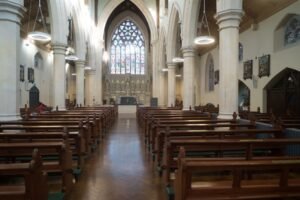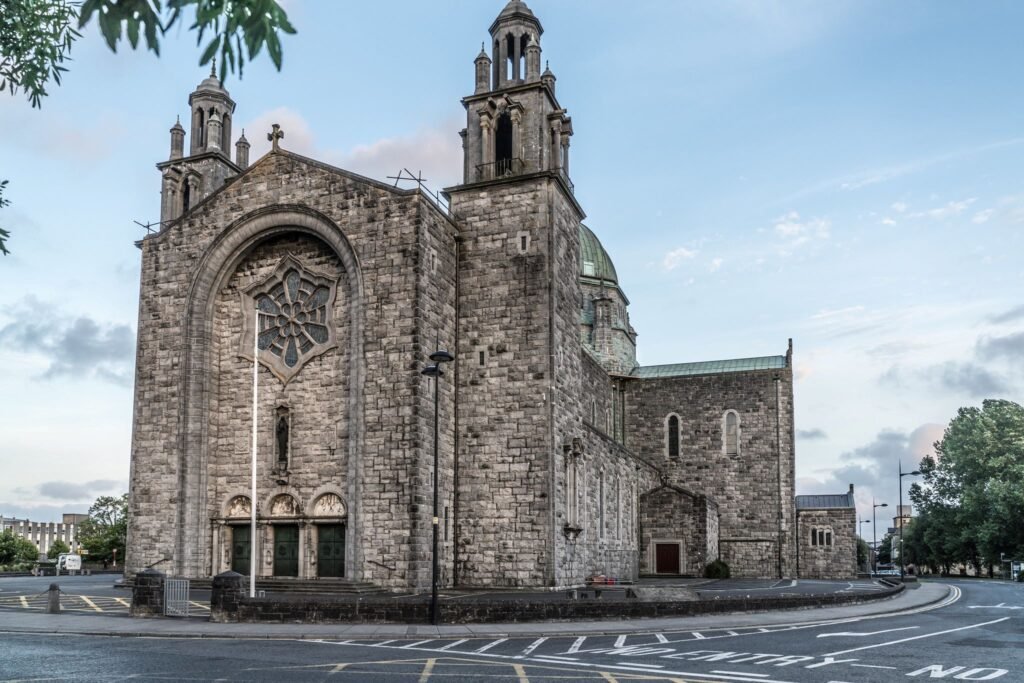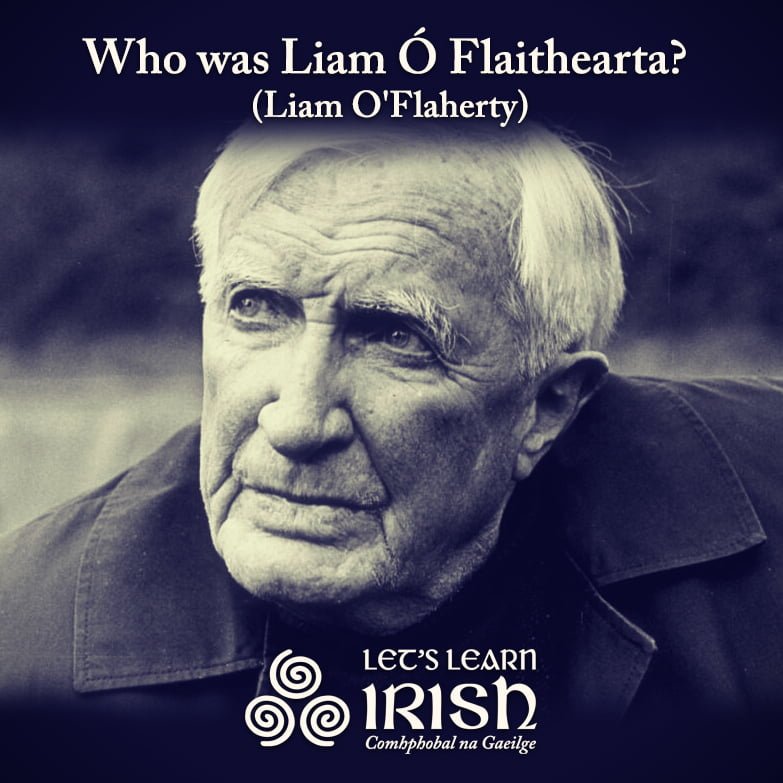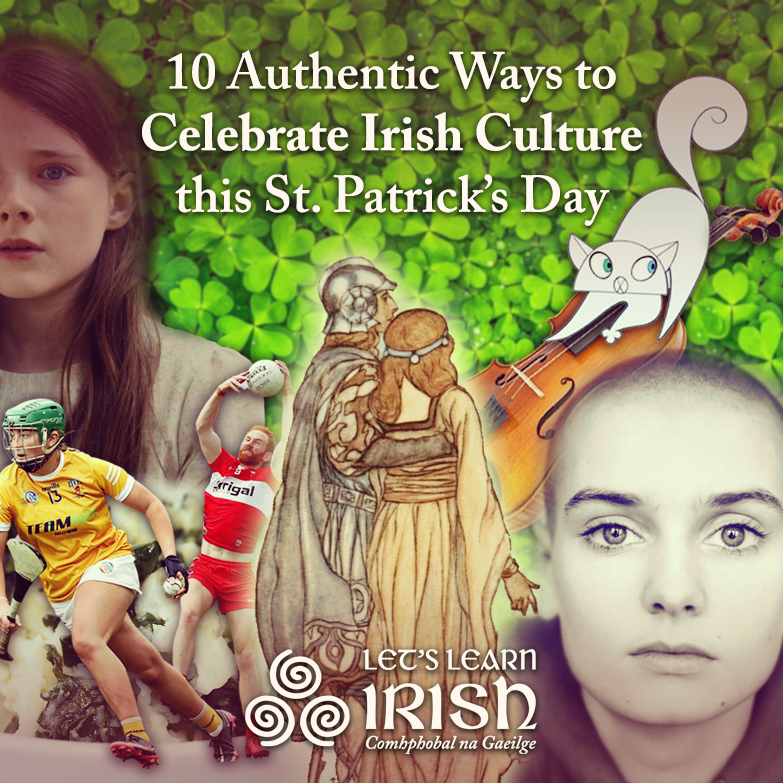The Irish Language and the Catholic Church: A Nuanced Consideration
There is often the perception that the Irish language and the Catholic Church are inexorably connected, linked by both persecution from the British and as bearers of the Irish national identity. Nonetheless, the full story is somewhat more complicated.

While the Irish people fought for autonomy for centuries under British rule, the first concern of the Catholic Church, being a world religion, was to extend its influence. This motivation, it can be argued, made the institution opportunistic in its relationship between the Irish language and English language in Ireland. As a result, the history between the Catholic Church and the Irish culture is more complex than some might assume.
The Irish Language and Catholicism Under Threat

Being a Catholic nation, the majority of the Irish supported James II in the 1689 Williamite War. In fact, many Irish fought for him in the Irish Army in his struggle against his protestant son-in-law William. When James lost, however, Britain took measures to strip Irish Catholics of their power and avoid further challenges to the crown. This led to the Irish Penal Laws of 1695.
Under the Penal Laws, Catholics could not enter the army nor own any weapons, ensuring they couldn’t rise up against Britain again. However, the measures were much more punitive. Additionally, Catholics could not enter a profession, own a horse worth more than five pounds, nor study law or medicine. An additional law passed in 1703 greatly restricted their ability to own land. The cumulative effects of the penal laws cast the Irish Catholics into poverty while making sure the ruling class consisted of only protestants.
Britain sought to cement not only economic dominion over the Irish Catholics, but also cultural power as well. They forbade the speaking of Irish or the playing of Irish music. While the Irish continued to speak their native tongue, it ensured that English was the language of the ruling class. Both prosecuted by the Crown, the Catholic Church and the Irish language were linked through the discrimination they faced.
The Catholic Church Endorses the English Language

At the turn of the 18th century, being Catholic and speaking Irish were both important markers of the Irish identity, and even more so under the persecution they experienced. However, the Catholic Church turned out to be a less than steadfast ally of the language.
In 1795, the British government founded St. Patrick’s College in Maynooth, a seminary to train Roman Catholic priests. While a great boon for the religion in Ireland, it turned out to be a notable blow to the Irish language: the priests were to be trained in English. While some suggest that this was necessary for their missionaries to be effective, others consider it a calculated decision by the Catholic Church to gain more power and influence.
There are other ways in which the Roman Catholic Church failed to support the Irish language. By the end of the 17th century the entire bible was translated into Irish. However, it wasn’t until 1981 that the church released an authorized version in the language. Although it may not be surprising that mass was still carried out in Latin, those who wished to read the bible themselves had to do so in English.

Perhaps an even bigger blow to the Irish language still was the National School system. Initiated in 1831, its classroom instruction was delivered only in English and those who spoke Irish were faithfully punished. Although the schools were state funded, they were essentially run by the Catholic Church. The Church did not resist the injunction against Irish, trading the language for the assurance of a Catholic upbringing on the island.
For that reason, at the start of the 19th century the majority of people spoke Irish, but by the end of it, Irish was a minority language.
Irish Language and Catholic Church Linked Again
Despite everything stacked against it, the Irish language fought back. In 1893 the Gaelic League was founded by Douglas Hyde, successfully promoting the Irish language and culture through music festivals, dance competitions and adult language courses in Irish. This helped create pride in a distinctive national identity.

It can be argued that the Catholic Church benefitted from the work of the Gaelic League, as Catholicism was still deeply rooted in the Irish identity. Although Hyde was a protestant himself, many protestants began to lose interest in the the League, further associating the revival of the Irish culture and language with the Catholic Church.
Some scholars also suggest that the deepening connection of the Catholic Church with the Irish language—despite the Church’s failure to defend it—maybe a late response to the Penal Laws. As Irish culture started regaining its footing again, it remembered how both the Church and language were persecuted several centuries prior. In fact, as the twentieth century wore on, it became increasingly important for Irish politicians to be both Catholic and a Gaeilgeoir.
Conclusion
History is, ultimately, a confluence of competing interests, and by the nature of its brevity this article doesn’t address many other important factors in the relationship between the Irish language and the Catholic Church. For example, the Great Famine (1845-1852) had an incredible blow to the language, while the church may have gained devotion by casting it as God’s punishment. Additionally, the 21st century left much to unpack regarding the intersection of national identity, the Irish language, and politics, particularly considering the conflicts of that era.
Nonetheless, in considering how both the Irish language and the Catholic Church responded to persecution by the British following the Penal Laws of 1865, we can start to have a more complete understanding of the interplay between these two important markers of Irish identity.
Bígí páirteach!
Join the online Irish community at LetsLearnIrish.com.
Follow on social media @LetsLearnIrish.





